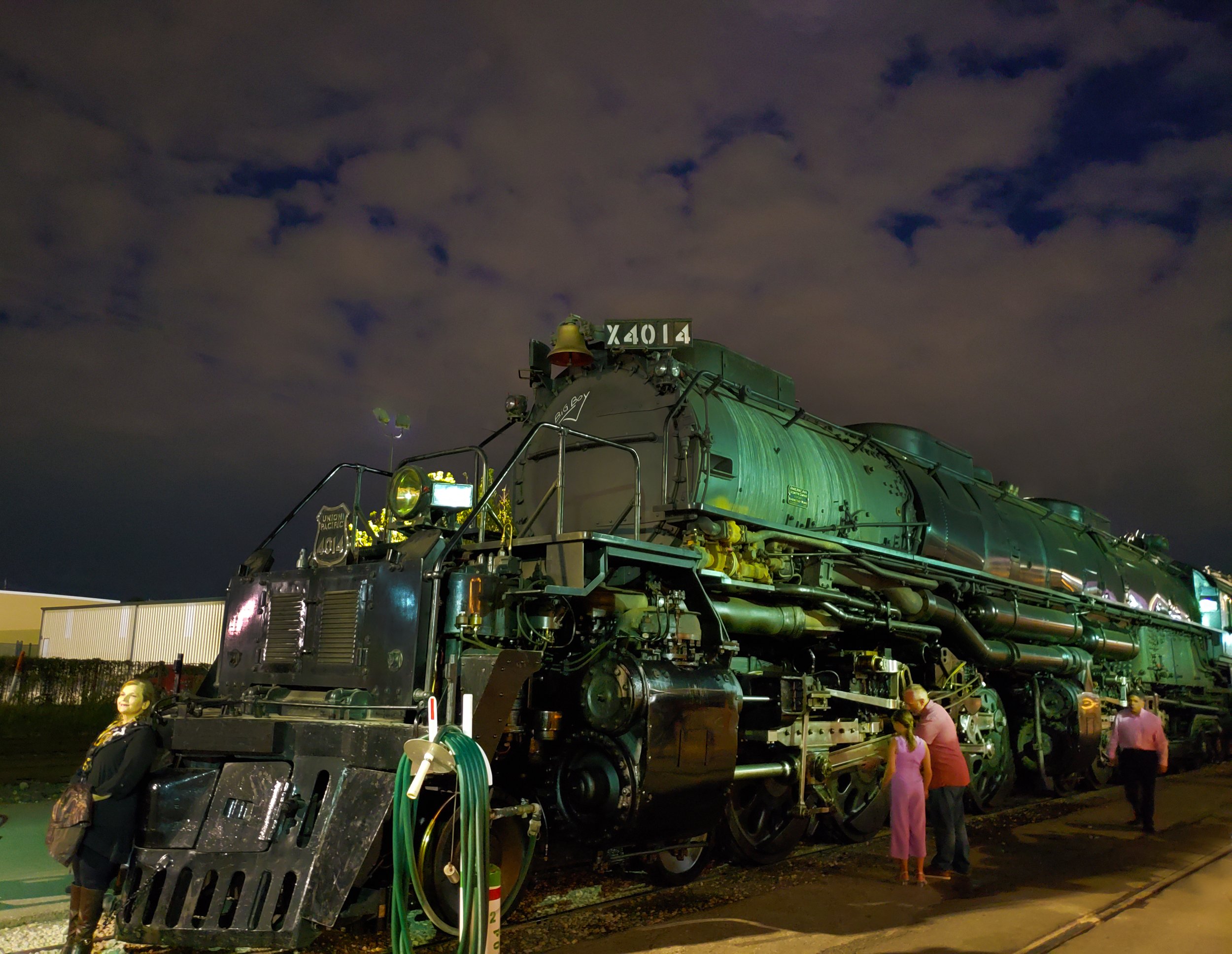The Union Pacific Big Boy No. 4014 in San Antonio, Texas
photo credit: Joanne DiBona
Union Pacific Railroad’s Big Boy No. 4014, the largest operating steam locomotive in the world, will once again be making a roundtrip Westward Bound Tour from its home in Cheyenne, Wyoming-- this time visiting whistlestops in Wyoming, Utah, Nevada, California and Idaho. This million-pound marvel of engineering will begin its journey on Sunday, June 30 returning on July 26.
As journalists with USATODAY 10Best, we were honored to have been reporters aboard the Big Boy during its inaugural tour out of San Antonio, Texas, following its initial restoration in 2022.
For a look back at our personal voyage on this vintage train, log onto this article featured on USATODAY10Best.com
See a PHOTO GALLERY of all the photos taken on board this memorable voyage.
#uprr #unionpacificsteamclub @uprr #upsteam #railroads #steamlocomotives #bigboy4014 #traintravel #travelphotography

